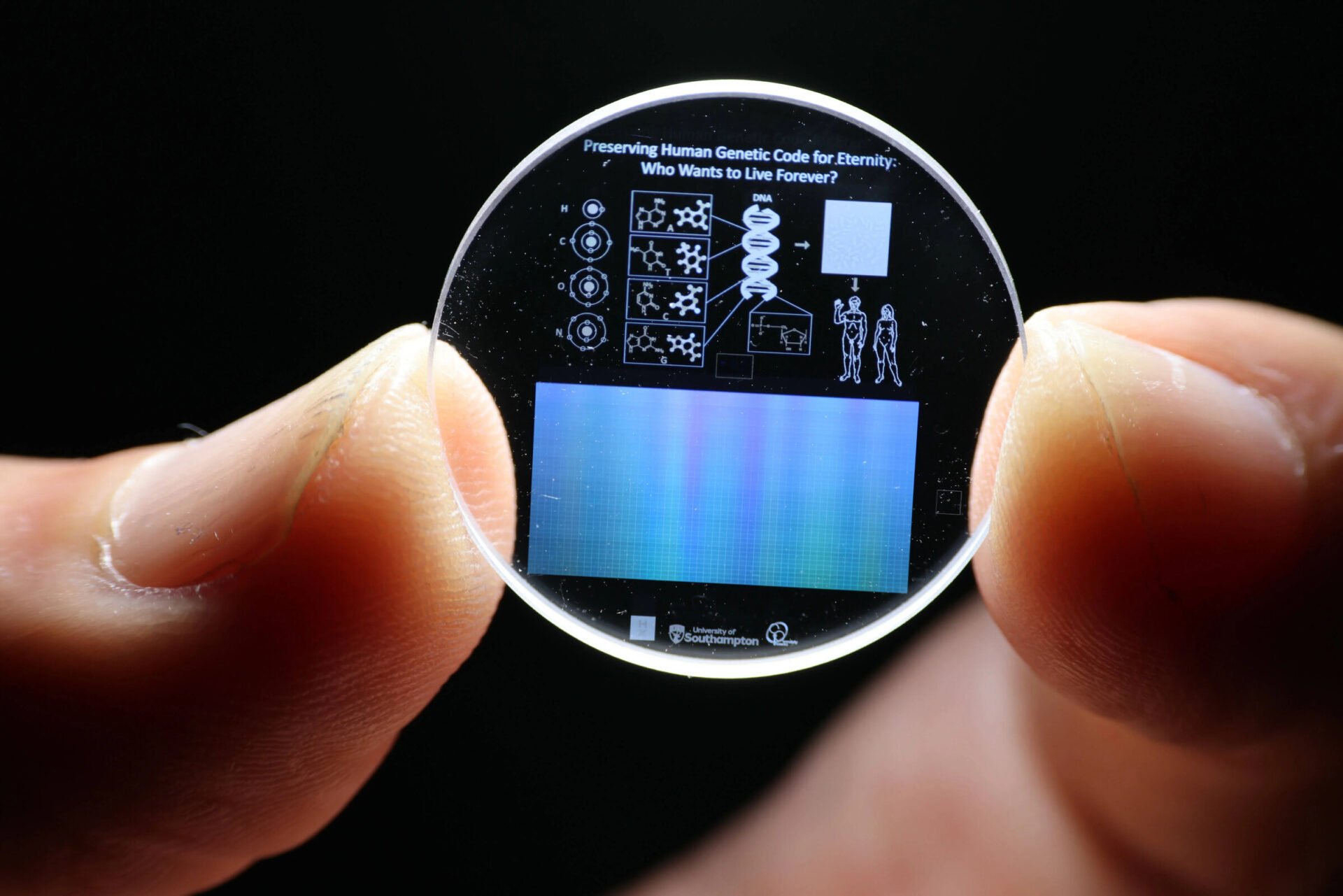Researchers at the University of Southampton in the UK have recently achieved a remarkable breakthrough. They have successfully laser-etched the entire human genome onto a new type of storage known as a "5D" memory crystal. This innovative data storage method has an impressive capacity of 360 terabytes.
The Creation of the 5D Crystal
This advanced 5D crystal was developed by the experts at the university’s Optoelectronics Research Centre. It is composed of silica glass and has earned the Guinness World Record for being the most durable data storage medium. The crystal is designed to withstand extreme conditions, including cosmic rays, immense pressure, and temperatures reaching up to 1832 degrees Fahrenheit (approximately 1000 degrees Celsius).
Encoding the Human Genome
To demonstrate the capabilities of this crystal, the research team encoded the entire human genome into it, sequencing each of the roughly 3 billion DNA base pairs an impressive 150 times to ensure accuracy. The genome is now housed in a unique time capsule called the Memory of Mankind archive, located within a salt cave in Hallstatt, Austria.
While it’s not currently possible to clone humans or recreate the species solely from genetic information, the researchers believe that this 5D memory crystal could potentially aid in the conservation of endangered species and help maintain a lasting digital record of life.
Future Possibilities
Peter Kazansky, the professor leading the research team, stated, "The 5D memory crystal opens up possibilities for other researchers to build an everlasting repository of genomic information from which complex organisms like plants and animals might be restored should science in the future allow."
The fascinating aspect of this crystal lies in its data storage technique, which utilizes two optical dimensions along with three spatial dimensions. This allows it to store vast amounts of information while ensuring longevity. Unlike traditional data storage methods that degrade over time, experts believe that this 5D memory crystal has the potential to preserve its data for billions of years. Thus, it serves as a safeguard for humanity’s genetic heritage for generations to come.


Leave a Reply